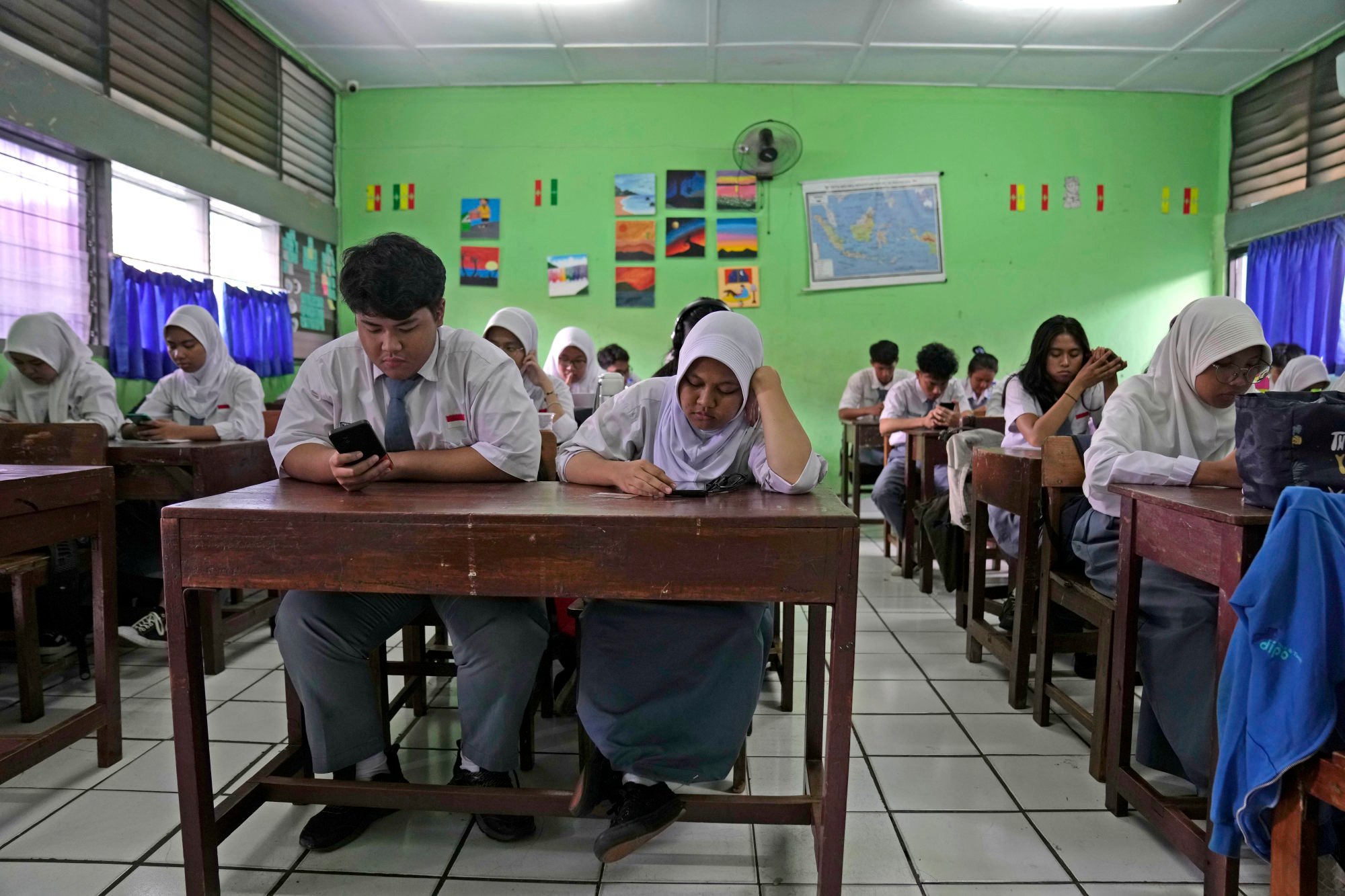
Asia’s rising economies are more than ‘China Plus One’ destinations
- The Philippines, Indonesia, Vietnam, India and Thailand have benefited from global supply chain diversification and are poised to capitalise on their large labour pool and potential consumer market to reach the next level of development
The original dragon economies of Hong Kong, Singapore, Taiwan and South Korea achieved rapid growth from the 1960s to the early 1990s largely through export-oriented models, leveraging their competitive advantages in manufacturing and trade, and pursuing a high degree of openness.
China followed in their footsteps when it implemented economic reforms and integrated itself into global supply chains.
The five economies have in common large labour forces and potential consumer markets, offering opportunities for both domestic and international expansion. In the earlier stages of their development in the 1980s and 1990s, to varying degrees, they followed the Washington Consensus, a set of market-oriented reforms recommendations by Washington-based institutions such as the World Bank, including privatisation, financial deregulation and trade liberalisation.
China’s economic growth is sometimes attributed to the so-called Beijing Consensus, which embraces selected market-oriented policies but also advocates greater state-led industrialisation, innovation and self-determination. This is reflected in sectors such as telecommunications, high-speed rail infrastructure, renewable energy and electric vehicles.
As the five economies chart their paths to development, they are adopting elements of both approaches. On the one hand, they have pursued the old dragons’ policies of greater trade and investment openness, and engaged in more preferential trade agreements even as multilateral trade has stagnated.
They recognise the importance of investing in human capital, focusing on expanding access to education and improving teacher training. They are also investing in infrastructure projects to build robust connectivity and efficient logistics networks. These investments encompass areas such as transport, communication, energy and digital networks.
Concurrently, their governments are implementing industrial policies to grow key sectors, including subsidies to protect domestic industries, trade restrictions and promotion of home-grown technological innovation, even in areas where they are unlikely to be competitive.
This blending and blurring of liberal and illiberal economic policies reflect the growth conundrum for the new dragon economies. They aspire to attract foreign investment, but do not want that investment to displace domestic enterprises and jobs. They need to provide competitive manufacturing and labour costs, but face inflationary prices that outpace household wages and savings growth. They need to industrialise at scale, which is usually energy-intensive, but want to ensure industrial activities do not destroy the environment.

These five economies have the opportunity to chart growth paths that foster greater digitisation, sustainability and inclusion. They need to prioritise initiatives to create green jobs and digital jobs to cater to the needs of their increasingly educated and demanding young workforces.
Many aspire to quality jobs that have decent pay and give them a sense of purpose. As such, low-cost manufacturing and service positions may not suffice. Businesses and policymakers can provide seed funding to encourage young people to develop business ideas that generate broader value for society.
Economic growth will need to be more participatory for the large and diverse populations. One stumbling block is the digital divide between urban and rural populations, and between those with higher education and those without.
Populations who lack digital skills or connectivity may be languishing even amid strong economic growth. Ensuring more equitable digital access across different segments of the population and providing relevant digital training can help more people benefit from the increasingly digitised global economy.

Specialised vocational training in non-digital sectors such as hospitality, healthcare, and creative industries, which require the human touch, will lead to a greater number of dignified jobs. Simpler user interfaces and instructions for digital tools can help consumers navigate technologies more easily.
Additionally, the rapid industrialisation experienced by these nations as manufacturing and operations shifted over from China is taking a toll on the environment. Countries must adopt sustainable practices, and ensure that they are growing while fighting the adverse effects of climate change and nature loss.
Breakthrough technologies hold promise, no matter whether they are developed domestically or elsewhere. Policy incentives to speed up the energy transition will be a critical driver for change.
Going nuclear: how Asia is leading the zero-emission power push
Furthermore, in contrast to the more developed Asian economies, the agriculture and food sectors play a significant role and employ large workforces in emerging economies that often have large rural populations. Balancing the need for agricultural development with sustainable practices and rural empowerment will help increase incomes and prevent the working poor from falling further behind.
As the centres of global manufacturing and operations increasingly pivot to the new dragon economies, these countries are poised to rise in economic prominence. By being adaptable, they can navigate the new global complexities while capitalising on their strengths.
The arrival of the Year of the Dragon presents a timely juncture for these nations to embrace change, harness their collective potential and forge a path that will shape Asia’s future development.
Janet Pau is executive director of the Asia Business Council

